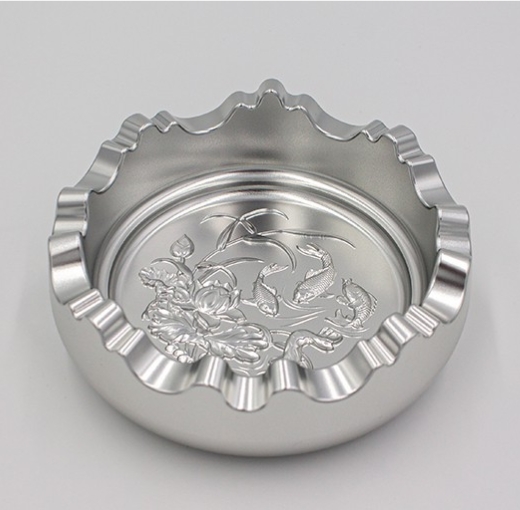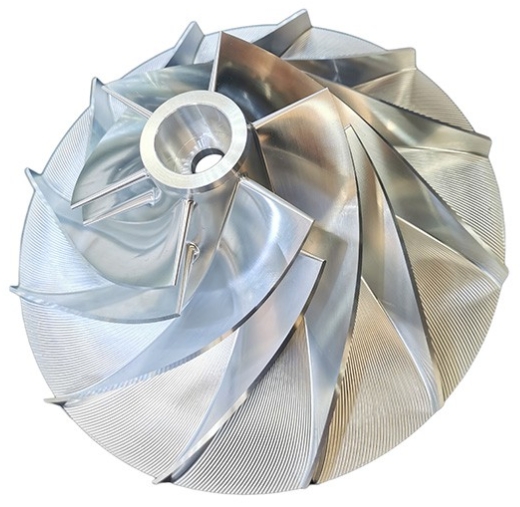5-axis machining opens up new possibilities for creating complex, precise parts with curved surfaces. By allowing movement on multiple axes, 5-axis CNC machines can access difficult geometries and optimize tool paths for greater efficiency. However, effectively leveraging 5-axis capabilities requires attention to programming, fixturing, tooling, and other factors. Follow these best practices to achieve optimal results with your 5-axis machining operations.

With a 5-axis machine’s greater range of motion, interference between the tool, holder, and workpiece becomes more likely. 5-axis programming software facilitates collision detection, but manual checks of the tool path are still a must. Program conservatively to keep the tool clear of the workpiece where possible.
5-axis programming lets you optimize tool orientation relative to the workpiece by tilting and rotating as needed. This allows a more ideal chip load, improves finish, and reduces tool wear. Continuously adjust orientation along the tool path to match surface geometries.
Sudden changes in tool orientation or location can leave visible tool marks. Ensure smooth transitions along the tool path to prevent jerkiness. Program dwells or speed adjustments at transitions if needed. This is especially critical with ball end mills.
A combination of 3+2 axis and full 5-axis motion is often best. Use 3+2 positioning for roughing and initial shaping, then leverage full 5-axis motion for finishing passes that require tool tilt to match complex geometries.
The workholding system must offer excellent rigidity to avoid vibration under 5-axis cutting forces. It also needs to provide sufficient access for the head and tooling around all workpiece features. Assess options like vises, modular fixtures, and trunnions to select the best solution.
On a 5-axis machine, the workpiece can be tilted to any orientation. Ensure fixturing securely supports the workpiece regardless of the tilt angle. Provide adequate support beneath overhanging areas of the workpiece.
Efficient machining requires quick, consistent workholding setups. Consider palletized workholding systems that allow preparing and staging fixtures offline. Precision locating features like cones and pins can speed precise positioning.

The added complexity of 5-axis machining calls for strategic tool selection. Consider factors like reach, rigidity, length-to-diameter ratio, and suitability for tilting and orientation changes. Partner with tooling specialists to identify optimal options.
Minimizing tool changes helps maximize spindle uptime. Determine if any standardized tooling - like modular tooling systems or custom end mill adapters - could streamline 5-axis operations. Even small reductions in tool change time can increase productivity.
Tool length qualifications and collision checks are imperative for 5-axis work. Double-check all tool lengths at the machine, and trial run programs at slow speeds to confirm no crashes, especially after tool changes. This redundancy prevents expensive errors.
Mastering 5-axis machining takes experience and an iterative approach. Adopting these tips will help you ramp up efficiently. As you refine your 5-axis processes, keep notes on which techniques deliver the best results. Above all, take advantage of the support and expertise offered by cutting tool partners like Dadesin to optimize your 5-axis operations. With the right practices in place, you’ll be ready to take on the most complex projects with ease and precision.
By continuing to use the site you agree to our privacy policy Terms and Conditions.